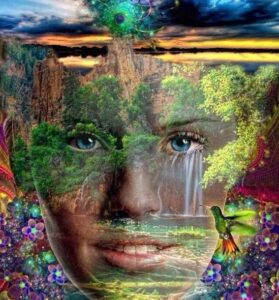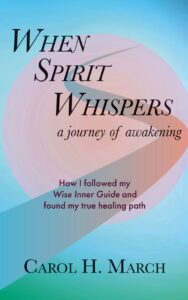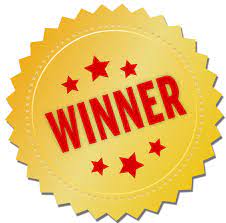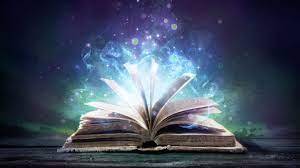
One of the basic rules of writing seems self evident. Don’t confuse your reader.
But how do you know if your writing is clear? Your characters relatable? The pace fast enough to hold a reader’s attention?
How do we identify personal writing quirks that drag down our sentences? Like using very, almost, began to, kind of, a bit, just, in order to.
Is our writing less direct because we use filter words like, “He saw the woman cross the street” instead of “The woman crossed the street.”
Are our tenses consistent? Is it clear who’s speaking? Are paragraphs so long they become cumbersome to read?
Errors and misunderstandings about what makes prose clear and inviting can be hard to pinpoint in our own work. Grammar programs can help, and so can other writers willing to be honest and supportive.
Finding the right feedback group is important. You may want a genre-specific group, or one with writers who have about the same amount of experience you have. Try to be clear about your intention and what you hope to offer and gain from participation.
For in-person groups, try Southwest Writers, our local organization of writers helping writers. They have regular meetings, speakers, workshops, publishing opportunities and contests in addition to information about local groups.
Meetup is another option for those who want in-person meetings. And, if you don’t find what your looking for, consider starting a group. Local bookstores are a good way to find book clubs and meet other writers.
There are lots of online groups and communities. Here are some links to get you started.
https://www.clevergirlauthor.com/online-writing-groups
https://iimskills.com/online-writing-communities
Students have asked me if I teach in-person feedback groups. The answer is yes, I have in the past, and am considering starting another group for people ready to give and receive honest feedback to improve their craft.
If you are currently working on fiction or memoir and are interested in joining a group, contact me at carol@carolhollandmarch.com.
Include your name, contact info, what you are writing, and why you think a group would help you improve.

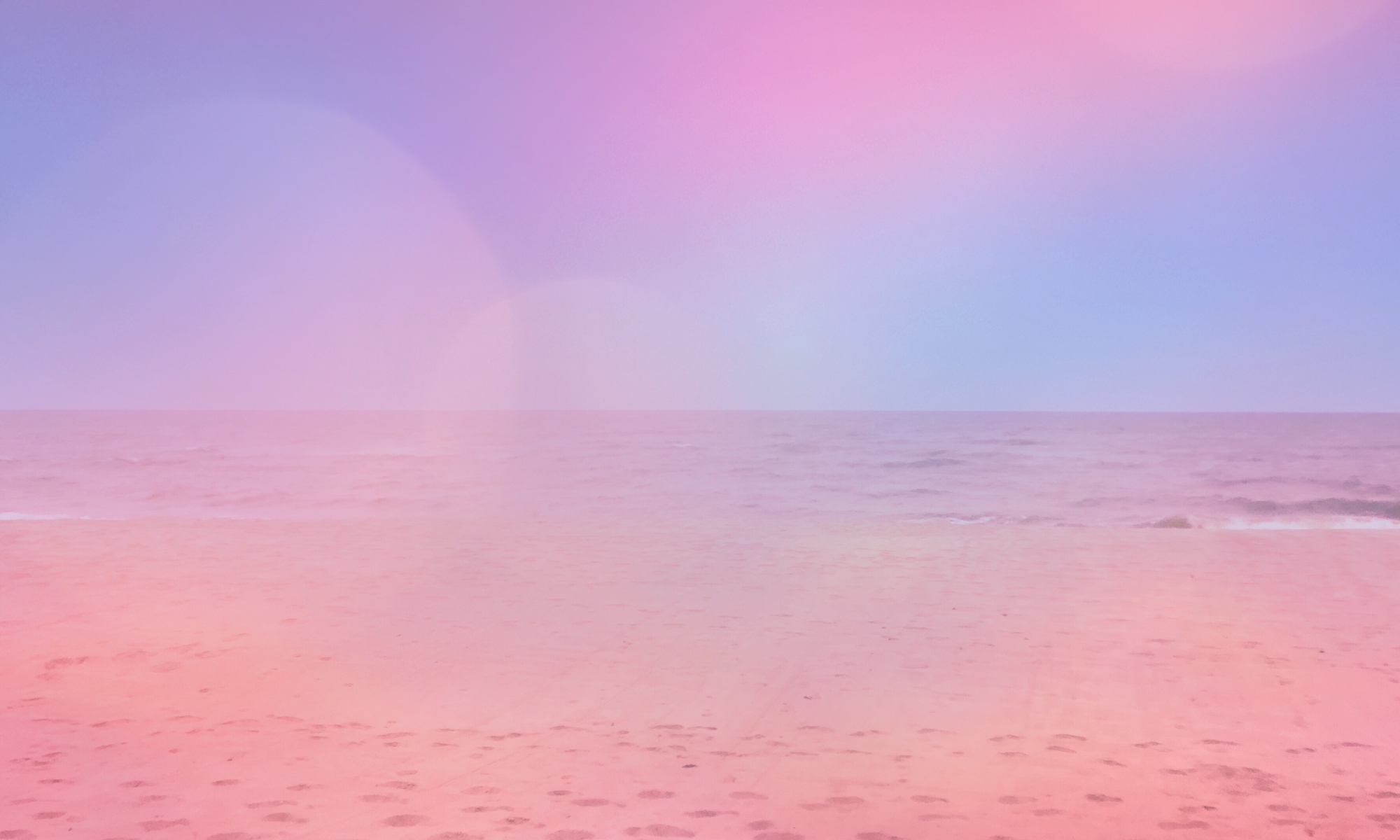
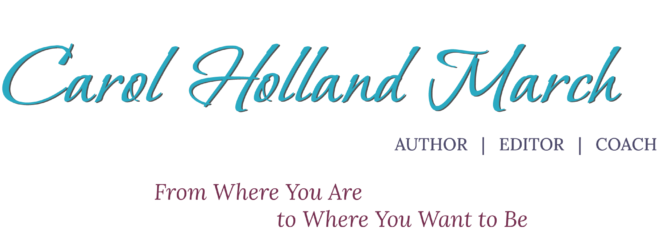
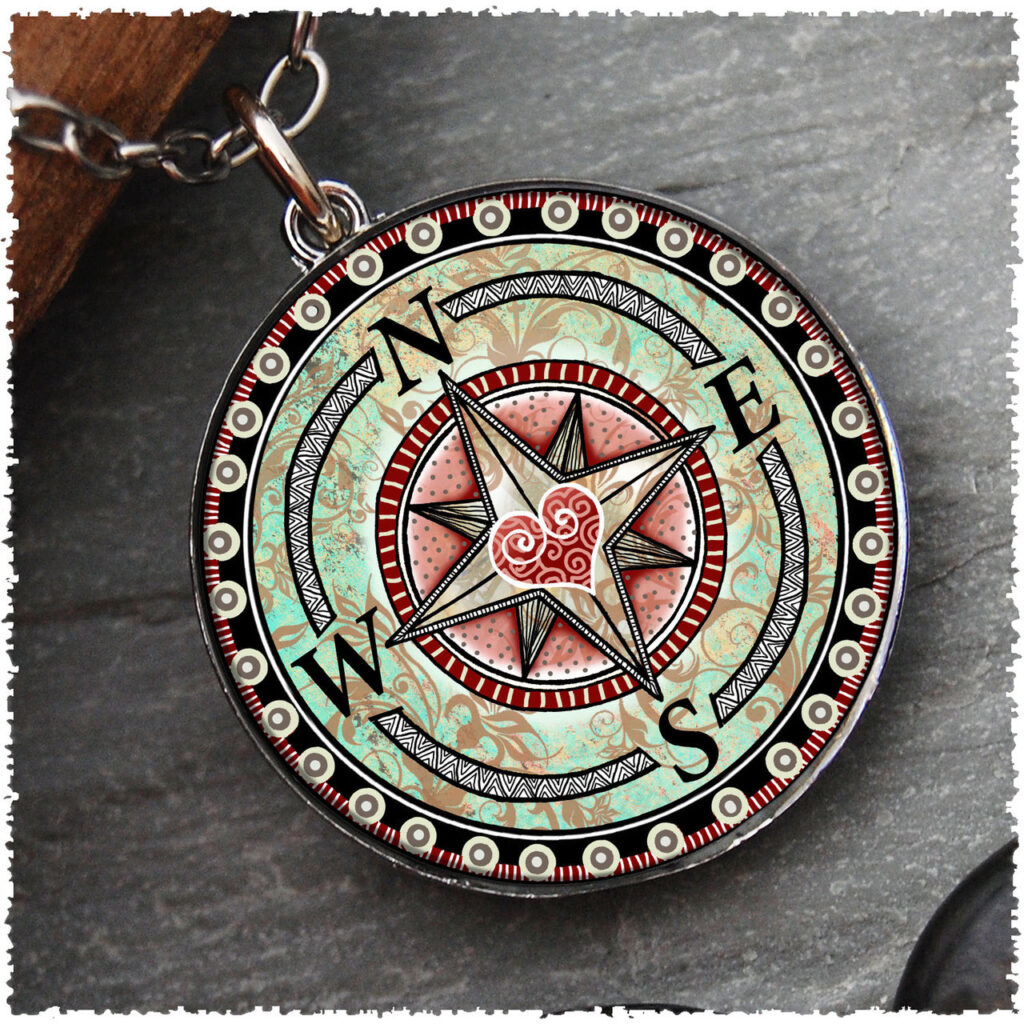





 To move forward in collaboration with your Creative Self, you may need to re-arrange some priorities. I sure did.
To move forward in collaboration with your Creative Self, you may need to re-arrange some priorities. I sure did.
 Do you have a story to tell?
Do you have a story to tell? 
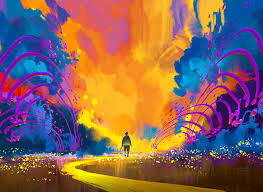



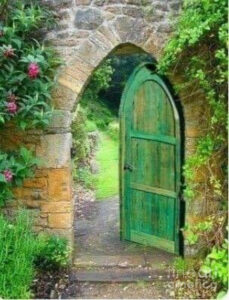 It’s right there. Behind that tree. In the shadow of the curtain in the room where you sleep. In your dreams, glowing with golden light.
It’s right there. Behind that tree. In the shadow of the curtain in the room where you sleep. In your dreams, glowing with golden light. 